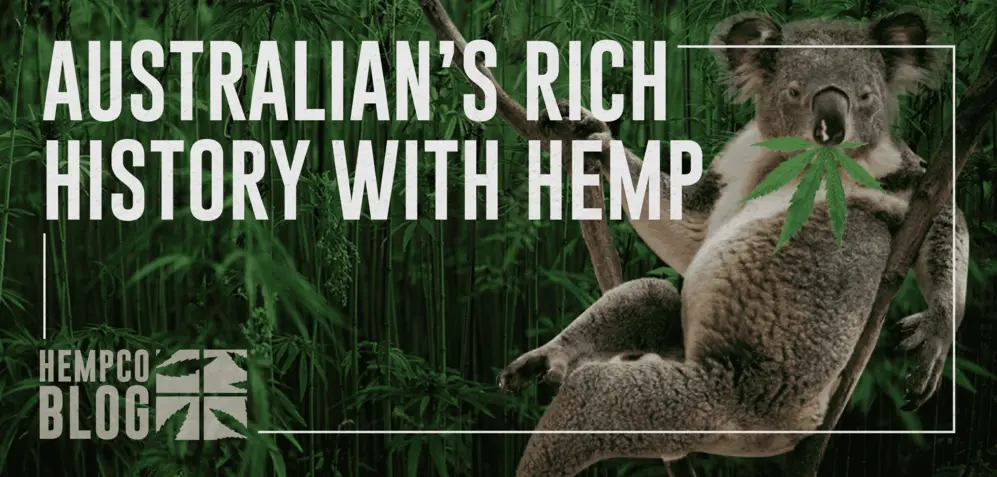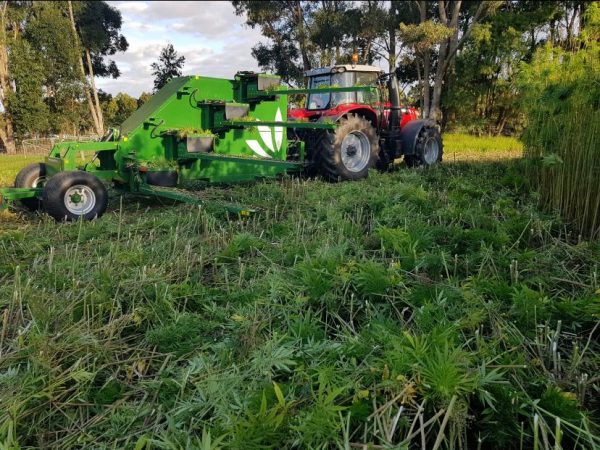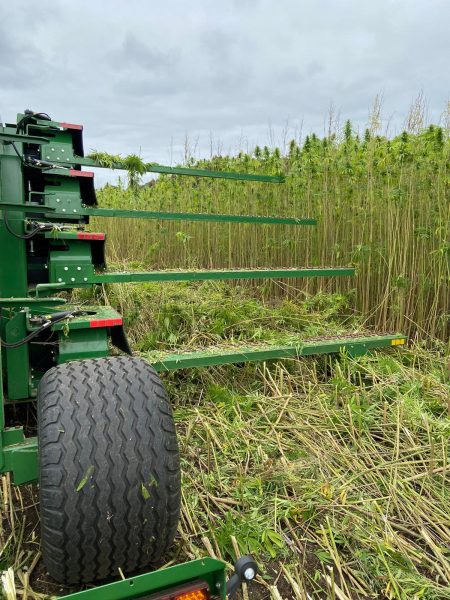
Did you know hemp was as important to trade and exploration in the 17th century as oil is to us now?
It all started thousands of years ago when hemp originated as a food crop in ancient China and India. Later, it was domesticated as a robust fibre crop for textiles and paper across the Asian continent.
However, archaeological studies have shown evidence of hemp fibre usage dating back to around 8,000 BC in ancient Mesopotamia, present-day Turkey. During the middle ages, sea traders and explorers went on to use hemp fibre for rope and sails.
With this, cultivation grew over Mediterranean Europe, and the fibre gained an indispensable value as a commodity for trade and development around the world.
So, how and when did this prized crop reach our country on the other side of the earth?
Today, we're exploring the history of Hemp in Australia, and the current laws governing the cultivation of this wonder crop!



Were you taught that the colonization of Australia was because there wasn't enough space for convicts in Britain? Well, some records suggest that this was merely a 'detailed cover story'.
This is, of course, a theory based on findings from the time that it was all happening. Here’s how the story goes…
Historian John Jiggens claims to have found evidence that the invasion by the British was actually due to a vision of a ‘hemp colony’. Upon settlement, Australia would be intended to supply fibre for ropes and sails to British naval fleets.
In his book ‘Sir Joseph Banks and the Question of Hemp, there are journal entries and accounts from the 18th century that suggest this theory holds more merit than one would imagine.
After the American Revolution, North America declared independence, and Britain lost hold of thirteen American colonies that farmed hemp. Throughout the Age of Sail, hemp was as critical to commerce, warfare, and exploration as oil is in our era.
Just like the founding fathers of America, Sir Joseph Banks was a hemp supporter. Both he and his superiors acknowledged that there was a desperate need for help to ‘fuel’ their empire.
As the story goes, a plan was formulated by Sir Joseph, a keen agriculturalist, who was in charge of Britain's hemp trade policies. This plan was to develop a new supply chain based in India and Australia.
In 1788, it was under his direct order that hemp seeds landed in Australia with the prisoners on the First Fleet. Seeds were given as gifts to settlers to promote hemp cultivation.
Well at least, that's how the story goes. If you want to know more about this theory, you can read the book yourself here!
At the onset of coal and steam engines, the dependency on hemp started waning, but the plant fibre continued to find its use in food, textiles, and paper.
But in the Age of Oil, after the industrial revolution, American companies started producing synthetic fibres made from petrochemicals. These by-products - like nylon and plastic - saw the organic hemp-based products as stiff competition.
In an inconvenient turn of events, America prohibited the entire cannabis plant with the claim that it was a ‘drug menace’. After that, they pressured countries trading with them to ban it too.
To continue its trade dealings with America, Australia had no choice but to follow the US and stop hemp cultivation. In the year 1937, Australia made hemp a prohibited substance and criminalized its cultivation.
At this point, it would seem that what Sir Joseph Banks had in mind was squashed - if that story is indeed the case.
In 1998, the Australian government once again started allowing select farmers to produce hemp. Still, though, products remained illegal to Australian consumers. It was legalized only for export to countries that had no ban on hemp.
Under the 'Drugs, Poisons and Controlled Substances Act 1981', industrial hemp (with approved Tetrahydrocannabinol - THC levels) is still classified as cannabis.
Cultivation of hemp without the approval of the state government is a punishable criminal offence. With strict regulations and under a license issued by the state government, farmers are allowed to grow hemp by securing the right genetics or risk having to toss the entire crop.
In 1998, Victoria became the first state to legalize and allow cultivation of industrial hemp under license governed by Part IVA of the Drugs, Poisons and Controlled Substances Act 1981.
In 1998, Queensland legalized growing industrial hemp under license, and the Drugs Misuse Act 1986 (Qld) and the Drugs Misuse Regulation 1987 (Qld) regulate the commercial production of industrial hemp in Queensland.
The Industrial Hemp Act 2004, in Western Australia, enabled cultivation, harvesting, and processing of industrial hemp under license.
In November 2008, NSW passed the Hemp Industry Act 2008, allowing cultivation and supply of low THC hemp seed production in NSW, under license and strictly controlled conditions.
Throughout Australia, for the past 20-25 years, researchers have revived breeding stock and farming of hemp. Over the years, value addition through research has led to substantial growth in the Australian hemp export industry.
However, on 12th November 2017, amendments were made to the Australia New Zealand Food Standards Code. Australia legalized hemp seed products as 'food' and finally conceded that it is “safe for human consumption”. This move was the first major step to securing a great future for this versatile crop in Australia.
Check out our hemp foods here.
The legalization of production and consumption of hemp seed products has finally encouraged long-awaited interest and overall growth in the Australian hemp industry.
Australian hemp seed is now being processed to produce food products like bread, cakes, milk, cheese, ice cream, flour, hemp-tofu, oil, beer, and health food bars and supplements.
High in protein and omega 3, hemp seed products are trending as a superfood on local supermarket shelves. You can try our Australian grown hemp seed here!
Hemp seed oil, obtained by cold extraction from ripened hemp seeds, contains essential dietary nutrients and is safe for consumption. It is also commercially used to manufacture numerous products like cosmetic oils for humans and animals, biodiesel, paints, and varnishes.
Australia now produces this commercially. You can try our Australian Hemp Seed Oil here, or read more about the health benefits here!
Australian hemp textiles have not seen proper outcomes due to Australia's decades-long downturn in textile manufacturing facilities. However, hemp fibre produces a versatile textile suitable for clothing, rope, canvas, and bedding.
We still stock hemp clothing though, it’s just not made in Australia yet. But we’re working on it!! You can check out our whole hemp clothing range here!
After being wrapped in red tape for nearly a century, hemp is still considered taboo. Unfortunately, due to its similarity with marijuana, people are still uncertain and wary of industrial hemp. The potential of this crop is limitless. So, as a consumer, we encourage you to support the re-birth of this industry!
Maybe the Banks theory was right all along to classify our land for hemp farming. What do you think?
Leave a comment to share your thoughts. Join us to spread the word about eco-friendly hemp and its benefits!!